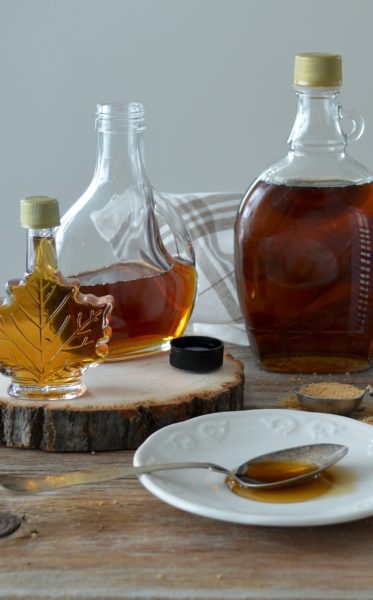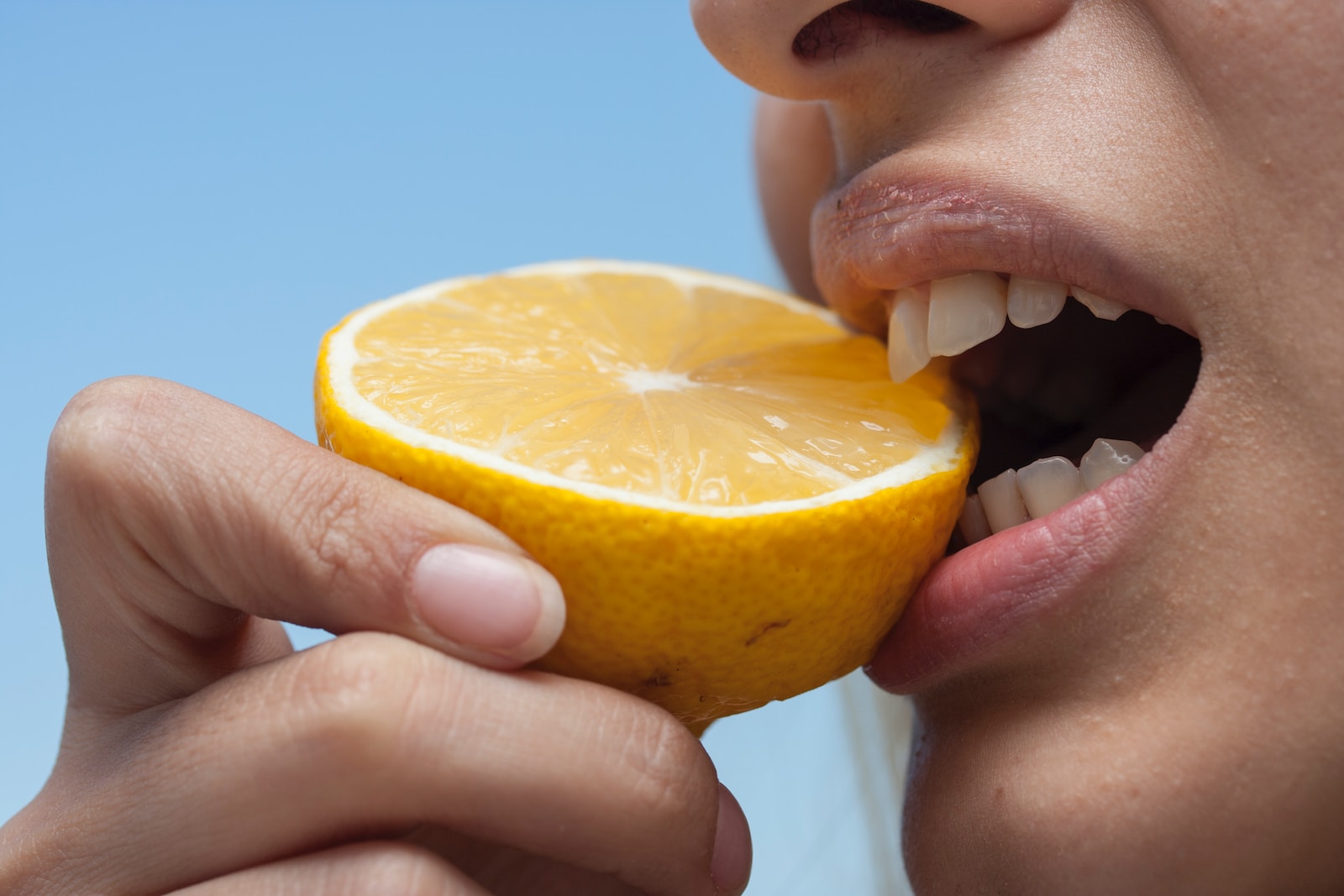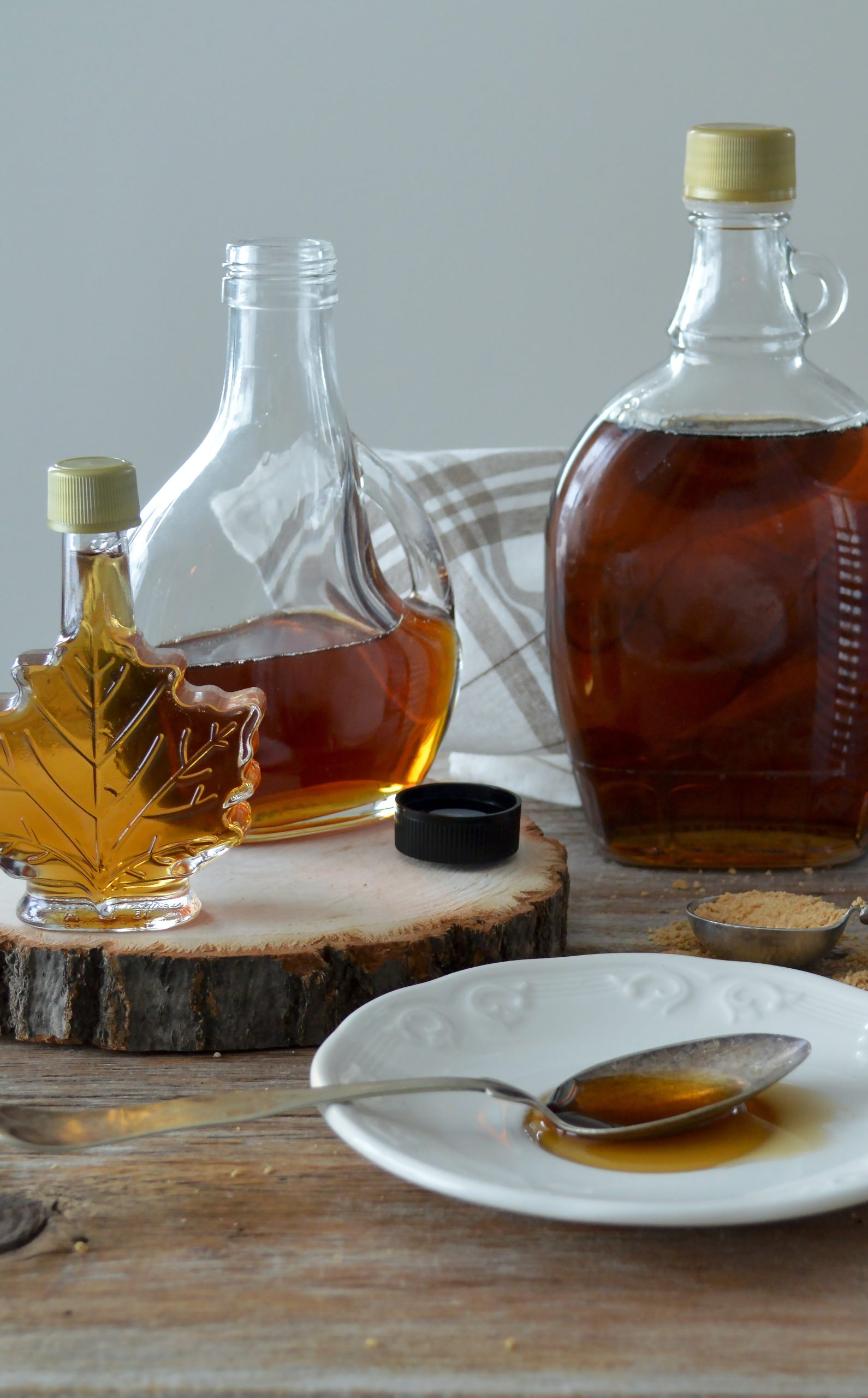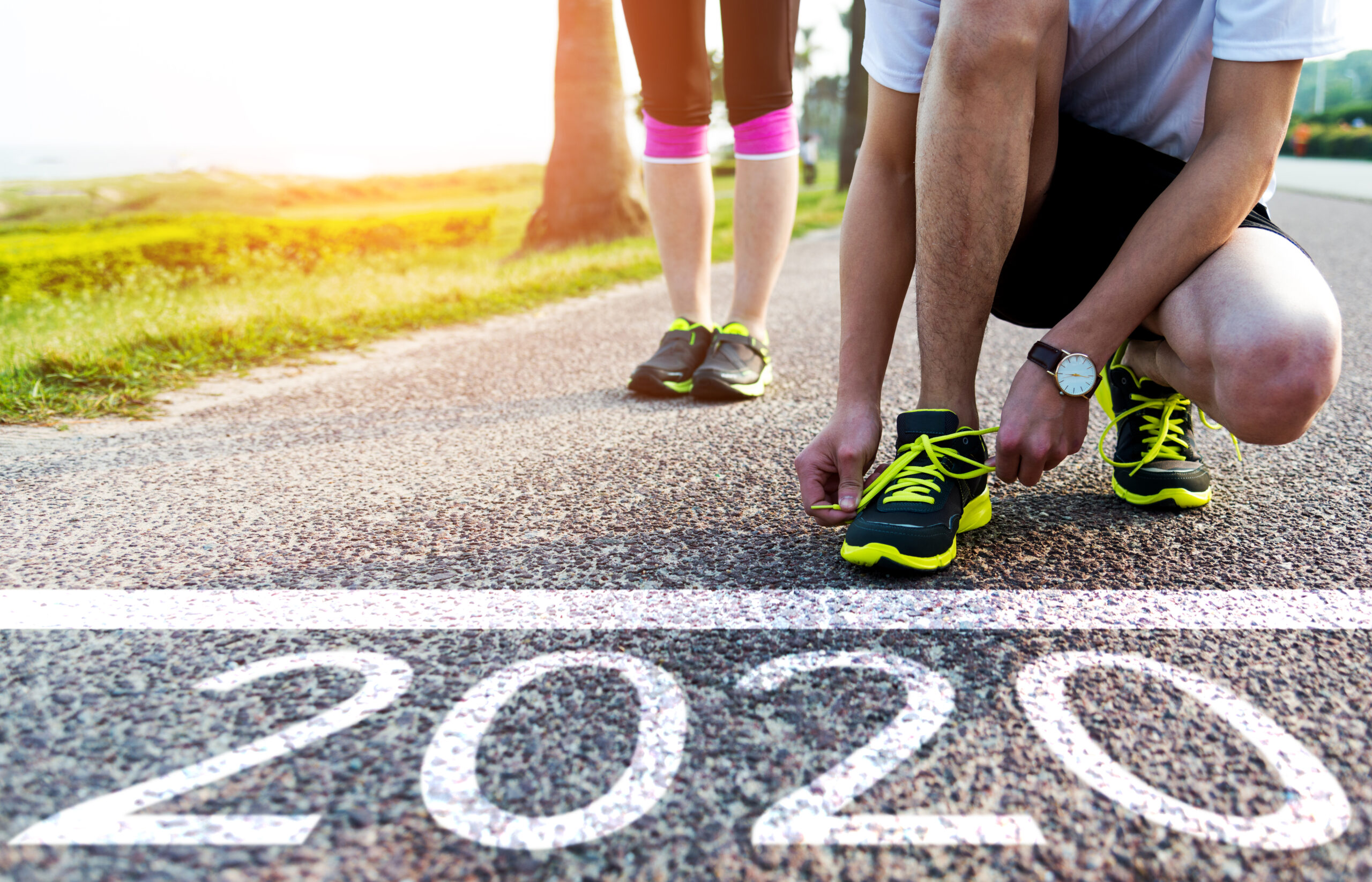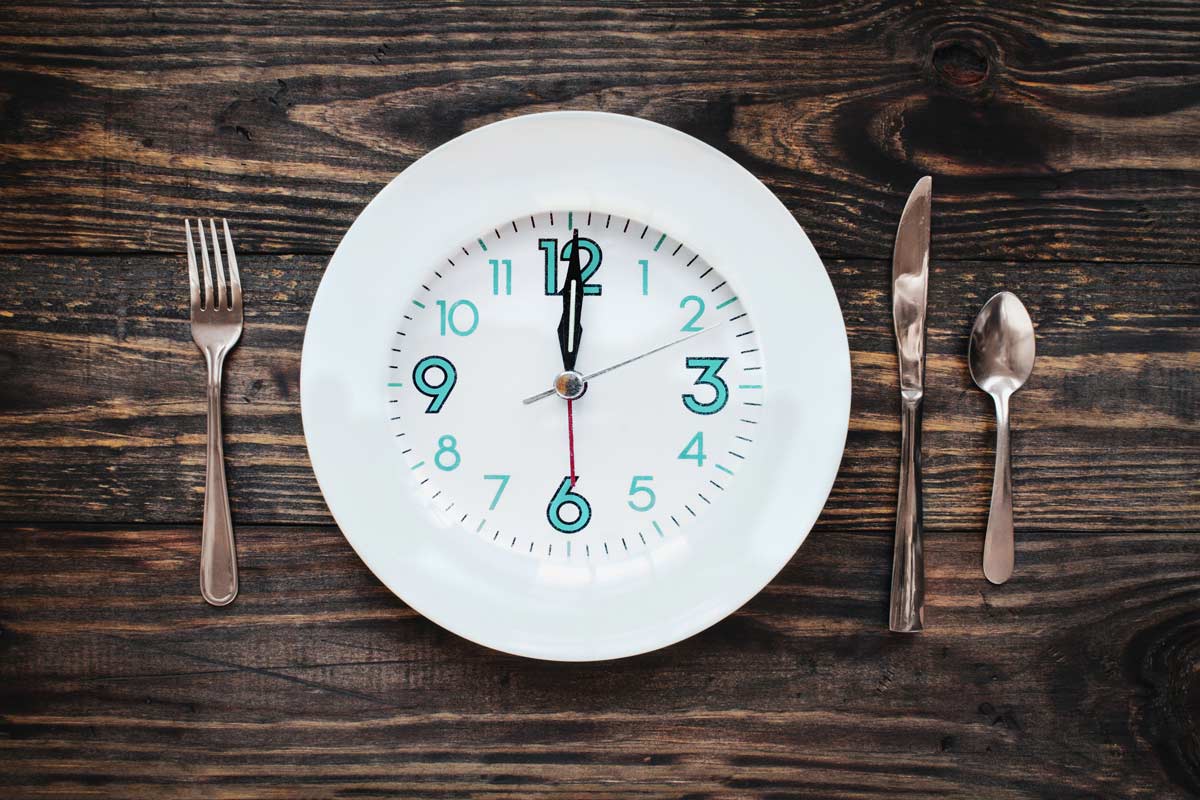How to get through a race without pooping yourself
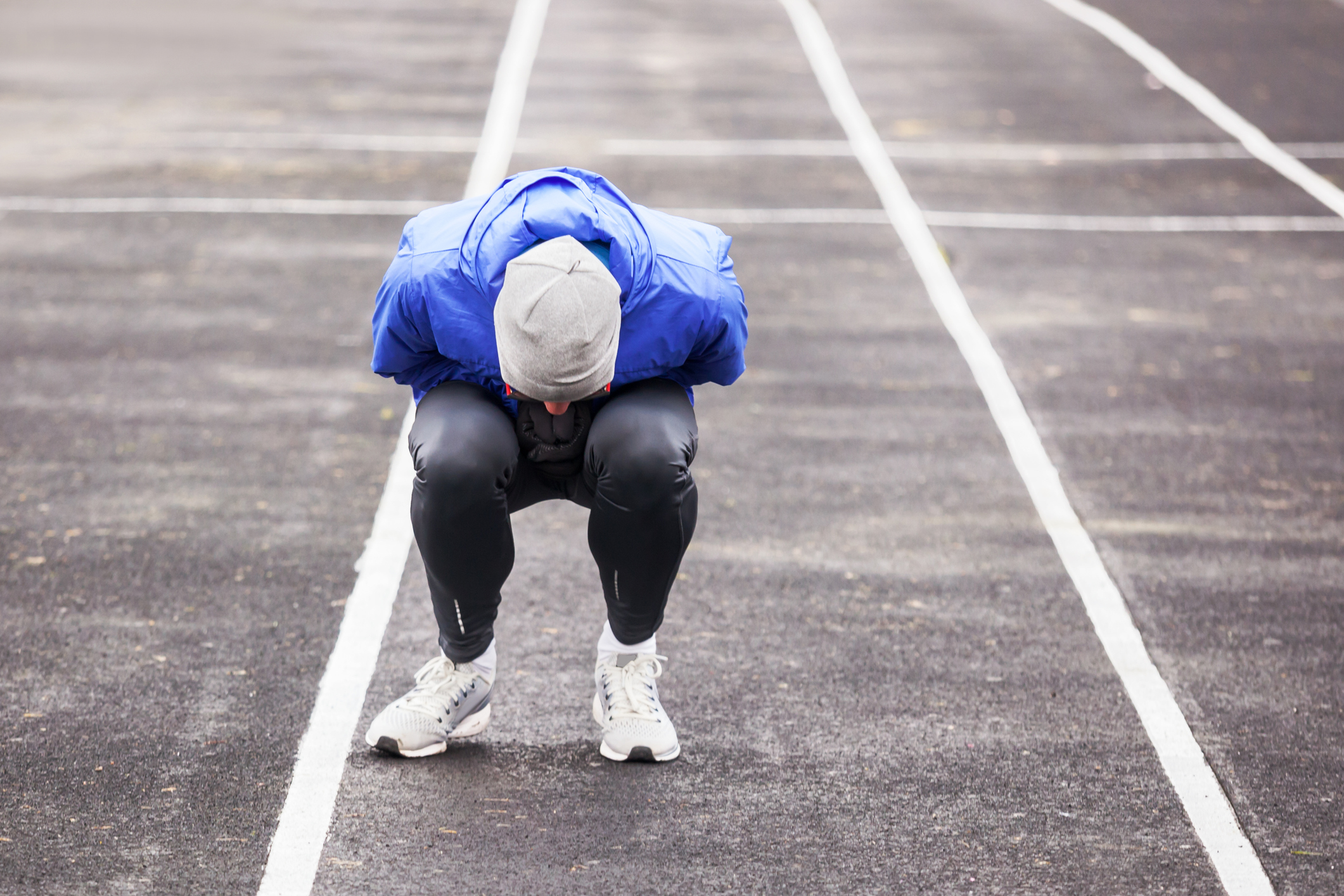
Race Without Pooping Yourself. Race Without Pooping Yourself. Race Without Pooping Yourself. Race Without Pooping Yourself
Nothing can stop you from feeling like #1 on race day—except for #2. Cramping, diarrhea, and endless port-a-potty stops will ruin race day more than almost anything else Mother Nature can serve up. But it happens to the best of us, so let’s address the elephant in the room with this complete guide to preventing a crap catastrophe at your next race.
What Causes Gastrointestinal (GI) Distress in training/racing?
GI distress originates from the upper and lower intestines. Common upper GI symptoms include belching, nausea and vomiting, heartburn and reflux, and bloating. Lower GI symptoms involve abdominal cramping, gas, side stitch, diarrhea or loose stools, urgency to defecate, and intestinal bleeding.
Symptoms happen in any part of a triathlon but wreak the most havoc during the run, hence the term “runner’s trot.” In the swim, swallowing air from short, rapid breathing can result in belching. Likewise, bike posture can put pressure on the abdomen causing stomach pain, reflux, and belching. But the inherent jarring nature of running jostles the stomach and colon more than in any other sport. This mechanical stress causes food and waste to move through the GI tract more rapidly, all the while blood is being shunted away from the intestines toward the working muscles, reducing functionality of the GI tract.
Athletes with pre-existing GI issues such as reflux, lactose intolerance, inflammatory bowel disease, and irritable bowel syndrome are more likely to experience GI symptoms during competition. Taking extra precautions to avoid possible “triggers” before race day would be well served.
Preventing GI Distress Before the Race.
We all know that sh!t happens, but when it comes to sabotaging race day, we’ll do just about anything to avoid this pitfall. Luckily, there has been mounting research into the prevention of gut complications in athletes over the past several years. And although every athlete is different and no one size fits all, hopefully one or two of the following strategies will help mitigate the chance of you spending more time in the porta-potty than in the actual race.
Nutritional strategies to implement 1–3 days out from the race.
- A few days leading up to a race or key workout, reduce or avoid high-fiber foods such as cruciferous vegetables (broccoli, Brussels sprouts, kale, cauliflower, etc.), high-fiber cereals, and brown rice, as a few examples. Instead, choose low-fiber foods like white bread, rice, potatoes, and pasta.
- Avoid aspirin and non-steroidal anti-inflammatory drugs (NSAIDs) such as ibuprofen. These drugs have been shown to increase intestinal permeability, mucosal bleeding, ulcers, and incidence of GI complaints.
- If lactose intolerant, avoid dairy products or substitute with lactose-free or dairy-free alternatives. Soy, rice, and almond milk are safe bets.
- Stay clear of high fructose foods and beverages such as soda, juice, candy, sweetened carbonated drinks, and dried fruit. Fructose is absorbed by the intestine slower than glucose and can contribute to cramping, loose stool, and diarrhea.
- If you are a fan of low-calorie or sugar-free drinks, consider kicking them to the curb. Unlike other foods, sugar alcohols or artificial sweeteners such as sorbitol and aspartame are not absorbed by the body, so they pass through the intestines mostly intact, pulling water with them. Symptoms include gas, bloating, and an increased urgency to poop.
- Reduce fat intake in the 12–24 hours before “go” time. Fat slows down digestion which means if you have a fried pre-race dinner or a heaping plate of bacon on race morning, the body will be digesting it long into your race—well, until it ends your race.
- Athletes diagnosed with Celiac disease or gluten intolerance should avoid all foods that contain gluten. However, if you don’t have one of these diagnoses, there is no scientific evidence that gluten is your problem.
- Many athletes swear by their morning cup of Joe to wake up and maintain #2 regularity. And it’s true, caffeine, particularly from coffee, can have a laxative effect, but not everyone jives with caffeine, so rule out the culprit in training so you know what’s safe to use on race day. Regardless, excessive caffeine use, especially during intense exercise, can contribute to GI distress.
The best way to detect the food(s) triggering your gut is to keep a food and bowel journal alongside your training log. Although emergency pit stops are hard to forget, what we ate before the training session can easily slip our minds. And it may not be your last meal that got your bowels in a twist since it takes 24–72 hours for food to move through the gut to the toilet—usually faster for athletes.
Strategies for Training and Race Day.
Just as we train the body to perform, the gut must also practice processing your chosen sports fuel/drink at race day intensity, temperature, and humidity.
The best strategy is to establish a fuel/hydration plan and test it out in training repeatedly for months leading up to your race. Use simulated race day training sessions such as long rides with bricks and long runs to practice your fuel plan. Test driving a fuel plan months before race day provides a chance to identify a product that disagrees with your body with plenty of time to find a suitable replacement.
Eating too close to training or race start is one of the biggest nutritional mistakes you can make. To avoid this mishap, establish a pre-race breakfast that has repeatedly proven successful in training and aim to have it at least 2.5 hours before race start. As any athlete knows, all bets are off on race day when it comes to eating. So on race morning, if your pre-race breakfast isn’t going down easily, then eat what you can comfortably; don’t force it. Either way, focus on hydration but don’t over hydrate. More is not better.
Race day nerves aren’t all bad, said the constipated athlete, who appreciates the opportunity to empty the bowels. Plus, we know that our pre-race jitters are preparing the body for the work that lies ahead. But, for the athlete who struggles with frequent porta-potty visits, the jitters only add fuel to the fire. To counter this disruption, create a race morning routine to manage and mitigate the nerves. Bowels are a creature of habit, so get up early, have a small breakfast, and use the bathroom in solitary and peace. Consider a short shakeout run several hours before the race as a kickstart to get the intestinal system moving.
Athletes who limit or avoid carbohydrates (carbs) in daily life and training have significantly reduced their ability to absorb carbs. So, come race day, when you start fueling with carbs, the body won’t be able to absorb it effectively, thus leading to GI issues. Don’t limit carbs; it’s the body’s choice fuel in daily life and training.
To fast track the body’s ability to absorb carbs in training, sports nutritionist Asker Jeukendrup recommends mixing sugar types and increasing your carb volume during training in order to train your stomach to tolerate higher volumes and empty more efficiently. Luckily for the 50% of triathletes who have had stomach problems, this can raise your carbohydrate absorption rate by over 30% in less than two weeks.
Dehydration will not only wreck your performance but also increase the probability of GI distress by reducing blood flow to the intestinal system. Adhering to a well-established hydration strategy to offset sweat loss and prevent the body from exceeding 4% weight loss will help mitigate dehydration-related GI issues.
Sports drinks with >8% carbohydrate concentration, gels without adequate water for dilution, and solids containing protein, fat, and fiber via bars or other solid food contribute to dehydration, further exasperating GI upset. Create a fuel plan with an appropriate fluid and carb balance to avoid overloading the gut.
Live by the mantra, ‘sip early and often.’ Don’t wait 30–45 min on the bike to start sipping from your bottles. To optimize gut emptying, take frequent small sips and bites throughout the ride and run instead of drinking half the bottle an hour into the race making up for lost time.
No matter how good you feel coming out of T1, just because you can hit the gas doesn’t mean you should. Instead, aim for a smooth effort you can build on. Going too hard too early will shut down the gut, causing bloating and a sloshy stomach, sabotaging your race right out of the gate.
Although further research is needed, cooling the body with cold drinks, ice, sprinklers on course, and/or pre-race heat acclimation protocols seem promising at reducing gut complications in hot conditions.
The Last-Ditch Effort
When all else fails, many turn to their medicine cabinet or pharmacy looking for the magic elixir to save them from another disappointing race experience.
Anti-diarrhea drugs such as Imodium or Kaopectate are main stream choices. Medical experts support taking a single dose about an hour before a major race as long as it doesn’t cause bloody diarrhea, but warn it shouldn’t be a daily fix. Other nutritional supplements that claim to reduce gut complications during activity are glutamine, arginine, L-citrulline, antioxidants, curcumin, nitrate, bovine colostrum, and ginger. However, based on current evidence, there is no scientific justification for the use of nutritional supplementation in the prevention or management of gut issues during activity.
Just as in training, there are no shortcuts to preparing and training the gut to process appropriate sports fuel into usable energy (glucose) for the body. Race day can be hard enough, so do everything in you power to make fueling easy for the body. That means dial-in a simple fuel-hydration plan made up of easy-to-digest carbs and well-formulated sports drink at least 6–8 weeks before race day. Then, to set yourself up for success, test drive it every chance you get in training so that your body knows it intimately—so come race day, we spend less time in the porta-potty and more time on the race course!
See you out there.


